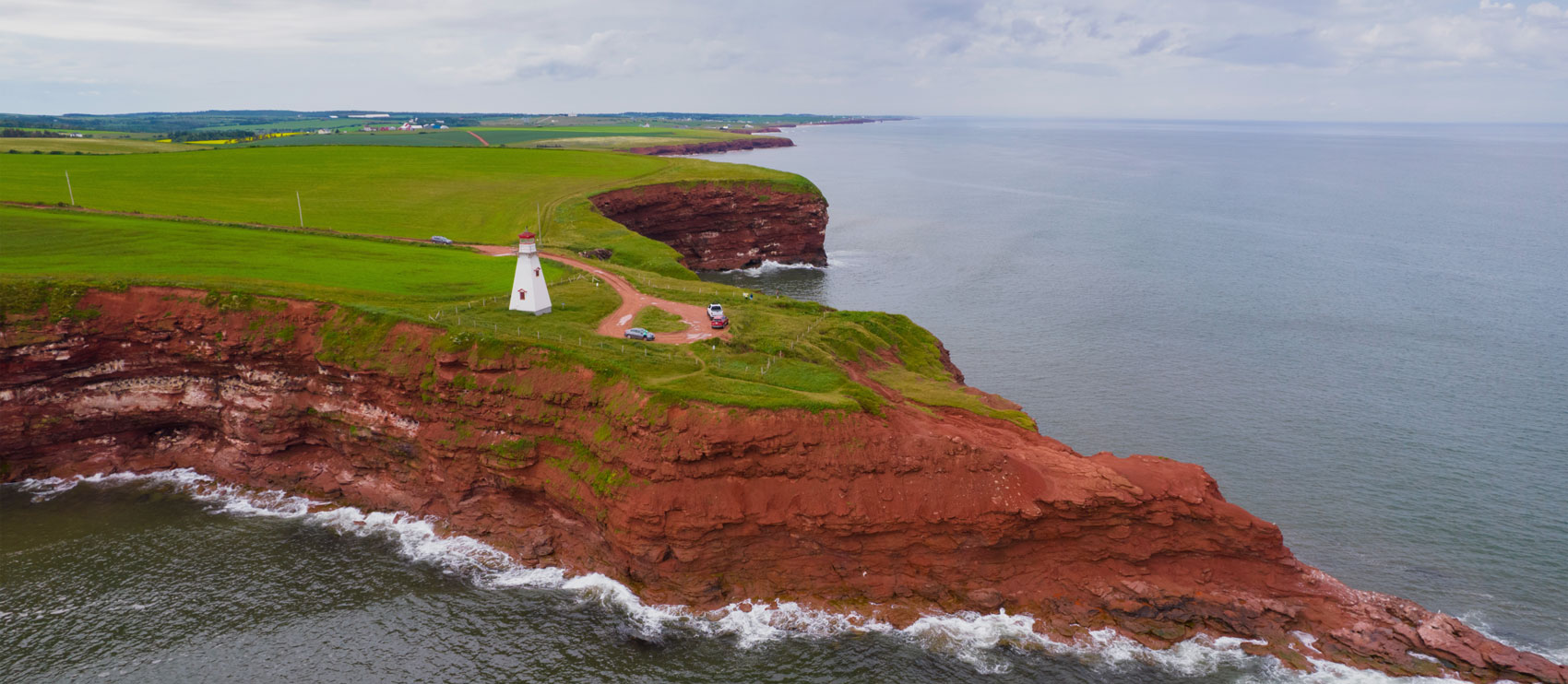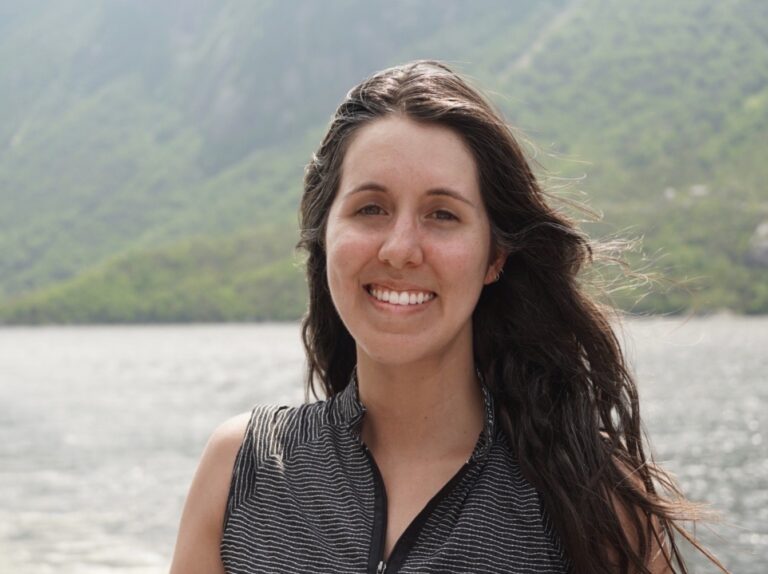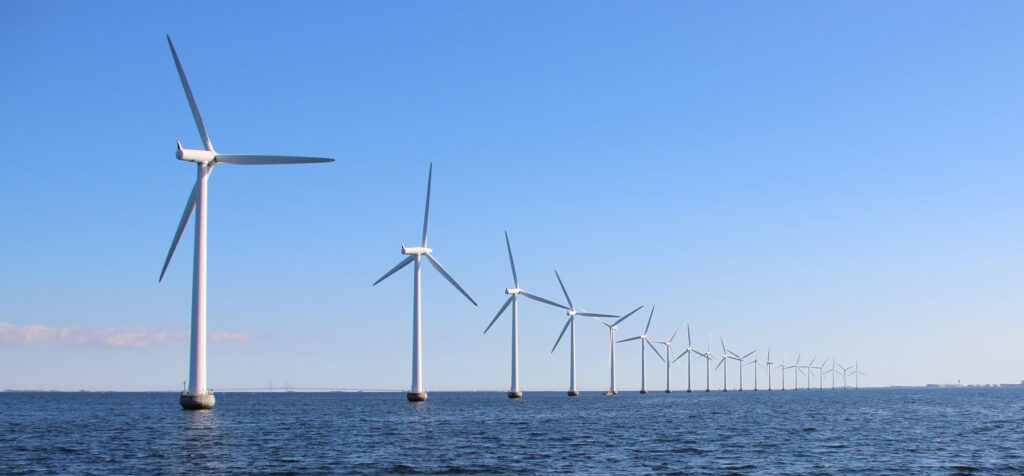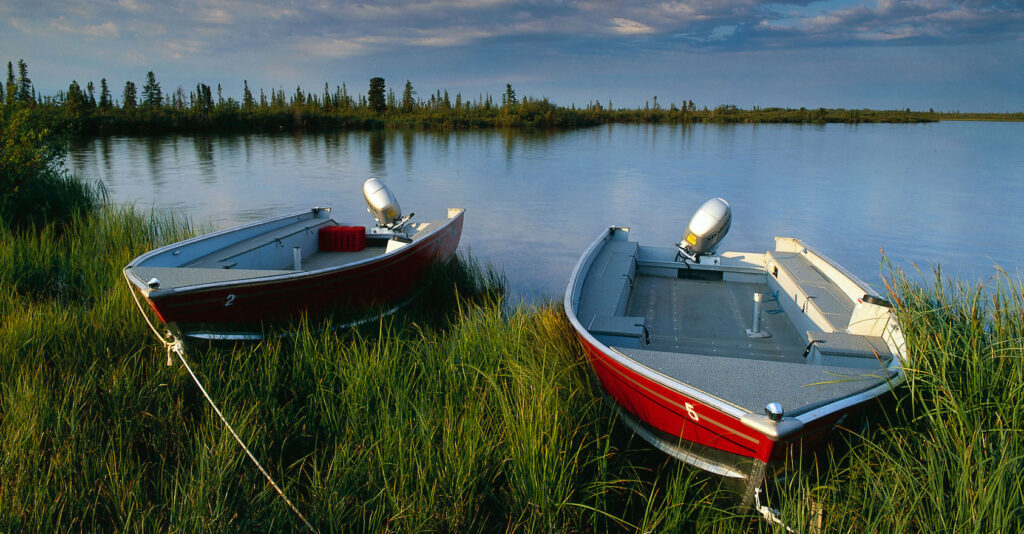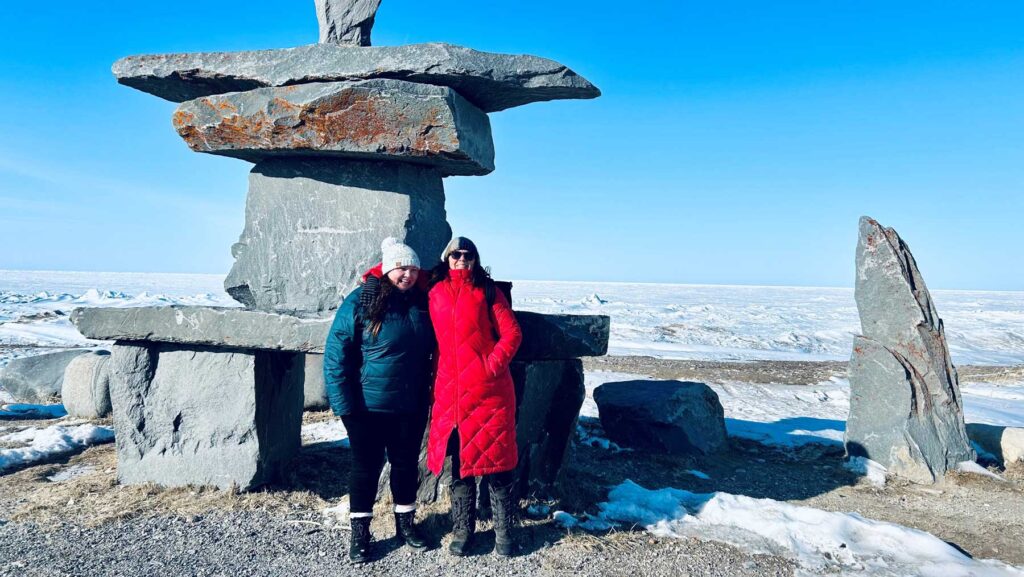At a time when the weather is warm and the skies are sunny, spending time in nature, or even on one of Canada’s beautiful coasts, is on most of our minds. Also, on the minds of many are political, cultural, and economic issues, such as the hot debate about the protection and management of our coasts. The coast presents an important intersection of culture, livelihoods, and recreation, so sustainable use must be prioritized to ensure future generations can continue to enjoy all that the coast has to offer.
Connecting on the Coast
In mid-June, I attended the Coastal Zone Canada Conference in Charlottetown, Epekwitk-Prince Edward Island. The conference was well-attended in numbers that the Maritime island had seldom experienced, with representatives congregating from across Canada. Attendees hailed from First Nations communities and organizations, environmental charities, government agencies, academia, nature-based engineering companies, and more. CPAWS staff from across Canada, including the British Columbia, New Brunswick, Nova Scotia, and Newfoundland chapters were also in attendance. I was able to connect with folks from coast to coast and learn about emerging research that addresses important issues related to the coasts in Canada, and beyond.
From the opening ceremony by Lennox Island Elder, Methilda Knockwood-Snache, to the beautifully beaded logo, Indigenous perspectives and ways of knowing were at the forefront of the conference. Some sessions of note included topics such as the co-governance of the St Ann’s Bank Marine Protected Area, a panel on Indigenous projects and perspectives, and a workshop sharing lessons learned during the development of First Nation-led Great Bear Sea Network of marine protected areas.
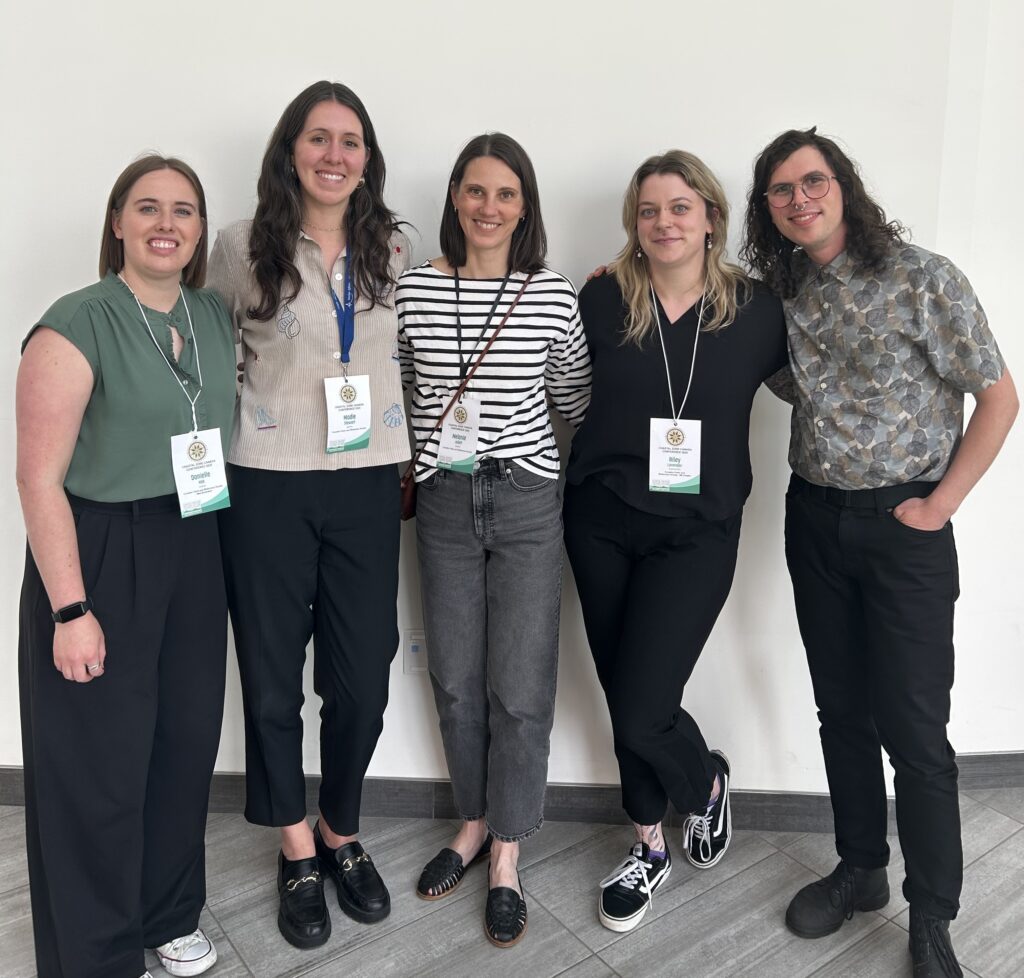
Photo: CPAWS staff from across Canada! From left to right: Danielle (New Brunswick Chapter), myself (Madie, National Office), Melanie (New Brunswick Chapter), Riley (New Brunswick Chapter), Jacob (British Columbia Chapter).
Photo: An opening performance of Mi’kmaq song, dance, and drumming. By Madison Stewart
Emerging Themes
Common themes emerged during the conference as a reminder that we are all working towards the same goal: sustainable management of the coast, which provides resilience against a changing climate and continues to provide for generations to come. Many sessions touched on the importance of ocean literacy and communicating scientific information to the public, as well as the critical need for community knowledge and values to strengthen project outcomes. Other sessions, including the opening keynote address from A.R. Siders, touched on the debate between private rights and the public good, especially with respect to climate adaptation and coastal access.
Weaving Community Knowledge and Science
One of the more unique sessions at the conference was a workshop involving a craft project originating from Newfoundland. Conference participants were invited to contribute a crocheted item to a tapestry woven into an old gill net. The net had entangled and, ultimately, killed an orca that then washed up on the shore of a local community. The discovery of the entangled orca highlighted the importance of local knowledge, as it confirmed what community members had been saying for decades: that orcas do, in fact, frequent the cold waters of northern Newfoundland. The local community was woven symbolically into the tapestry through its culture of textile arts and fishing, as well as literally, with many community members donating yarn and old yarn-based projects towards a new purpose, one representing resiliency, collaboration, and community values.
As an avid crocheter, this session certainly piqued my interest and was a nice change of pace from the rest of the conference. I spent the session chatting with other participants and reflecting on what I had learned at the conference while I crocheted two squares to add to the tapestry. I felt honoured to be a part of such a unique, community-centered project!
Overall, the conference fostered an environment of learning, connection, and reconciliation, with East Coast hospitality and friendliness throughout!
Article written by:
Banner photo: Bailey Parsons
Other stories you might be interested in:

